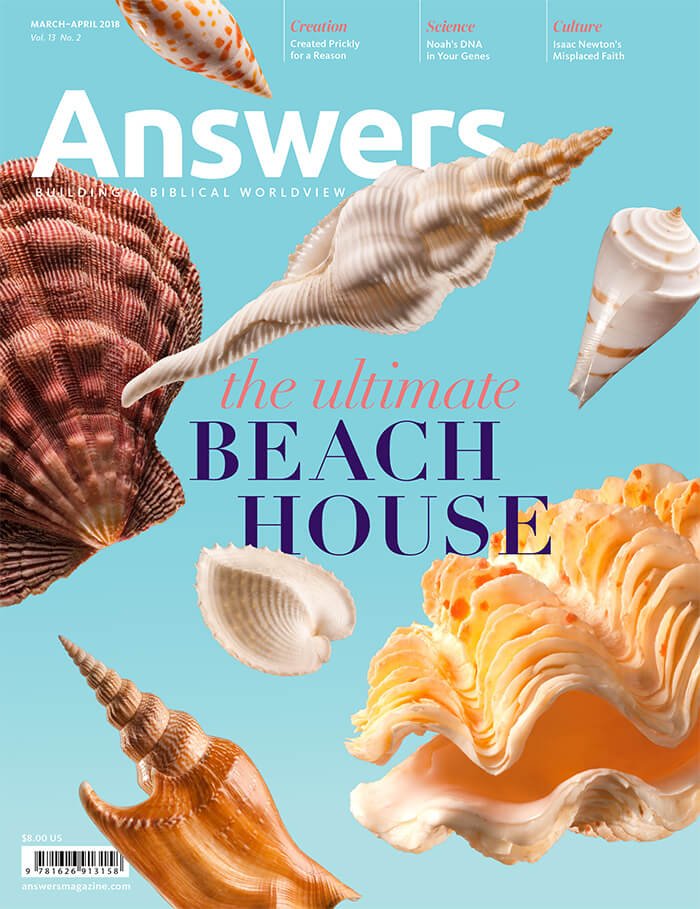Creation Museum Shell Collection Slideshow
Watch a slideshow
of the Creation
Museum’s collection
of exotic shells.
-
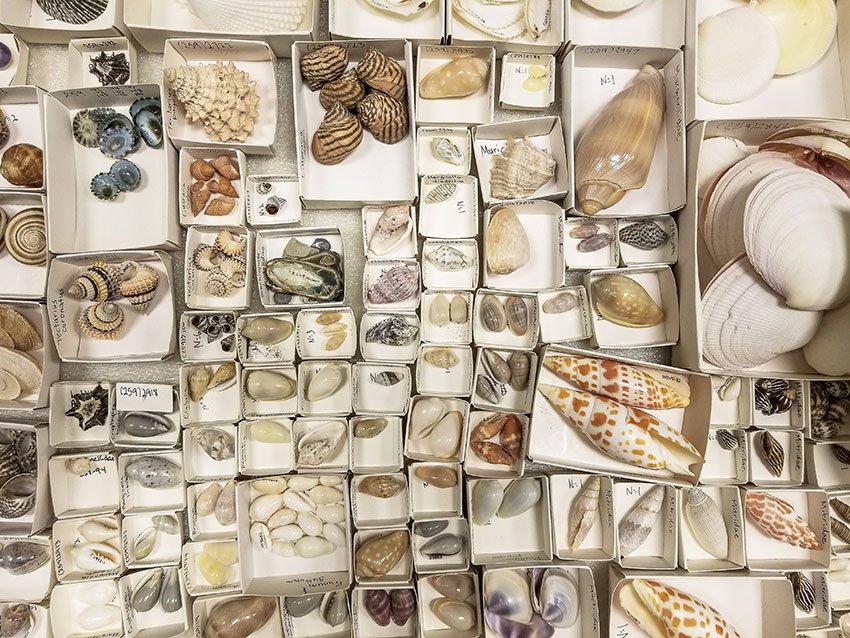
The Creation Museum’s vast shell collection was donated by John A. Baker, a founding officer of the Miami Malacological Society. Mr. Baker collected shells for 40 years or more.
-

Geographic Cone Snail (Conus geographus)
This little guy, when alive, could kill a human. All cone snails are venomous, but this is the deadliest species. It hunts by shooting a deadly harpoon at fish and reeling them in.
-
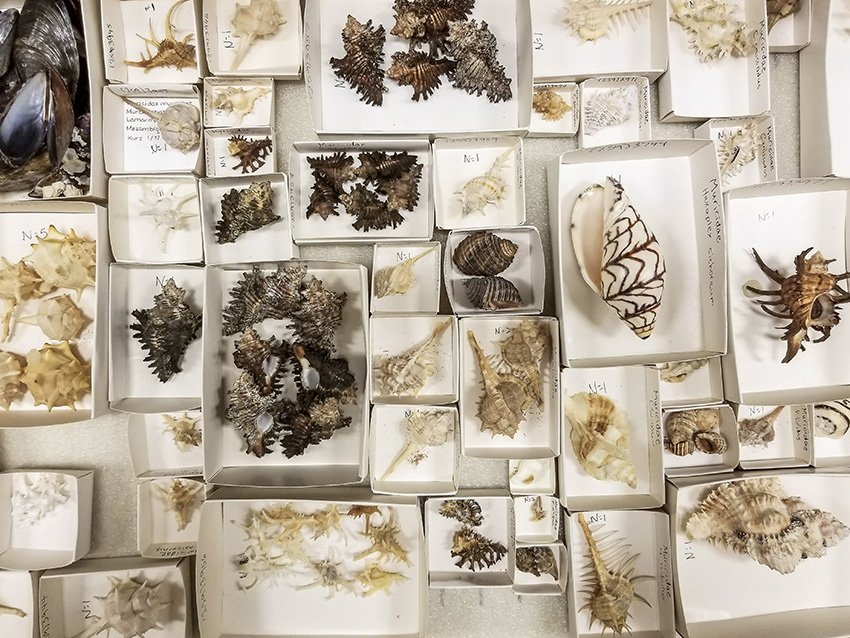
Mr. Baker tagged the shells with detailed information, usually a record of the family, genus, species, location where it was found, and his source. Often he documented the depth of the water, whether the shell was in sand or mud or attached to rocks, and other details. He also kept thorough binders, organized by family name with a page for each species he had acquired and the same detailed information for every acquisition.
-

So far, the Creation Museum curators have cataloged more than 11,000 shells, representing over 185 scientific families from all over the world.
-

Giant Tiger Snail (Achatina achatina)
Some people like to keep these as pets (although they are illegal in many countries, including the U.S.), and other people like to eat them. Why are they illegal? They do two things extremely well—eat plants and reproduce. They could do tremendous economic harm by devouring crops in great numbers.
-
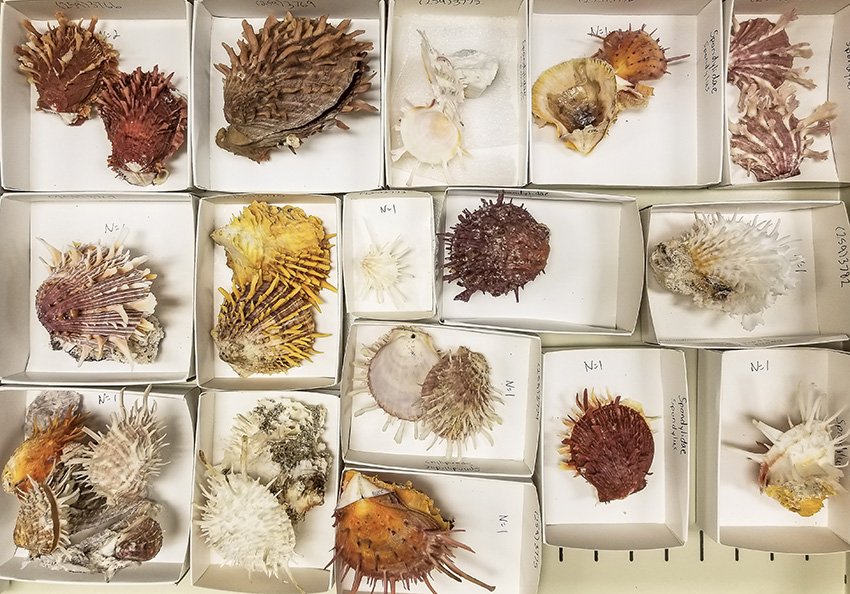
-
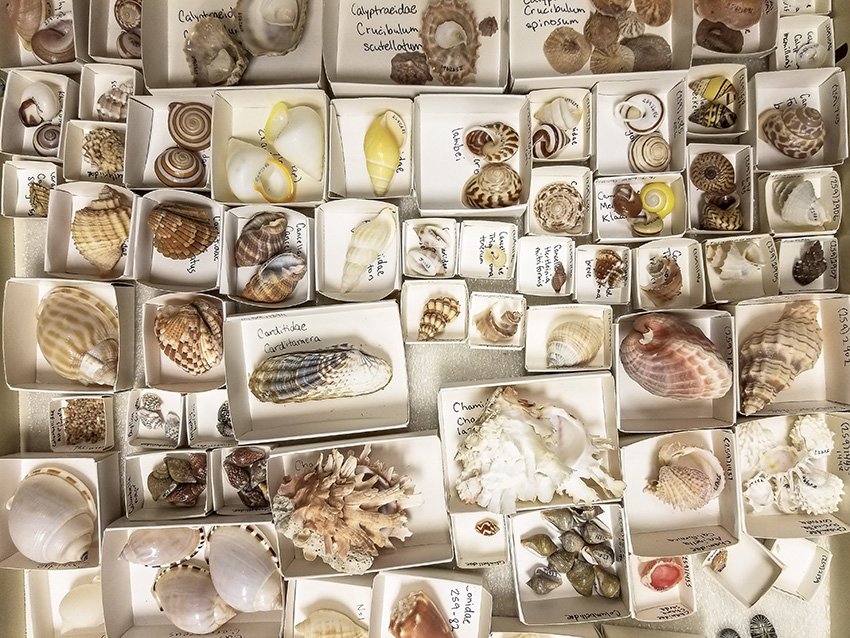
-
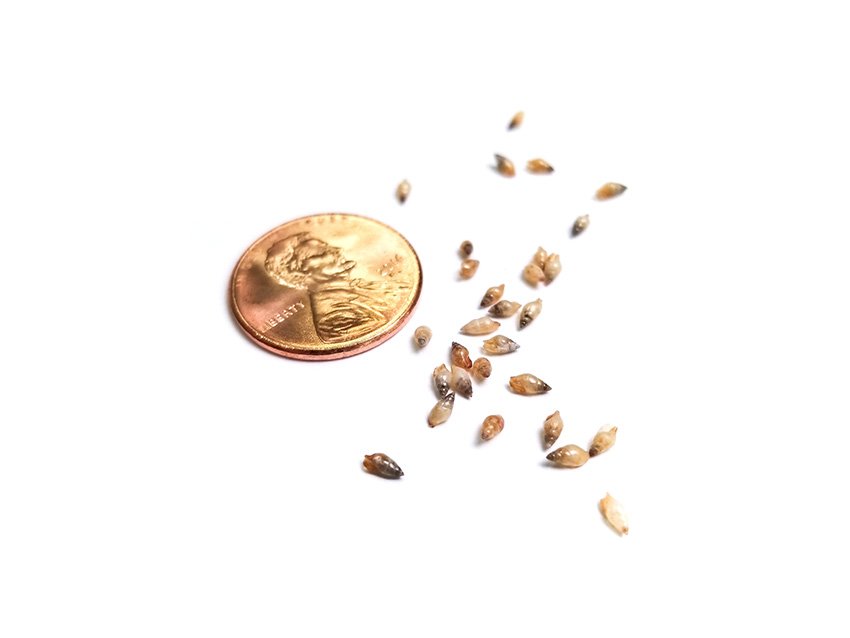
Lunar Dovesnails (Astyris lunata)
These tiny snails often ride around on the back edges of loggerhead sea turtles, hanging on to the green algae that grows on the shells.
-
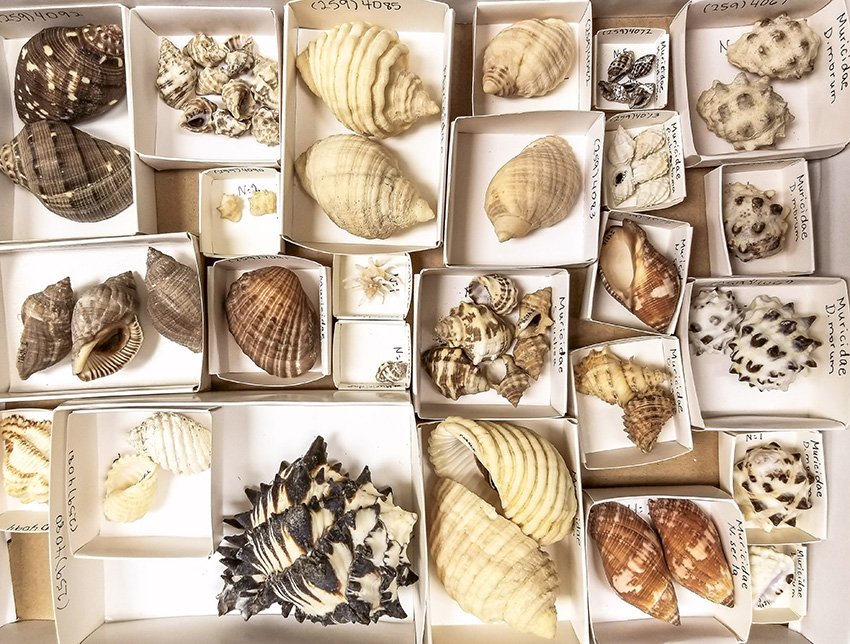
Mr. Baker purchased most of the shells, which came from exotic places like Malaysia, Africa, and many islands around the world, but he also avidly collected shells himself, and even survived a couple of shipwrecks in the Caribbean while shell
hunting.
-
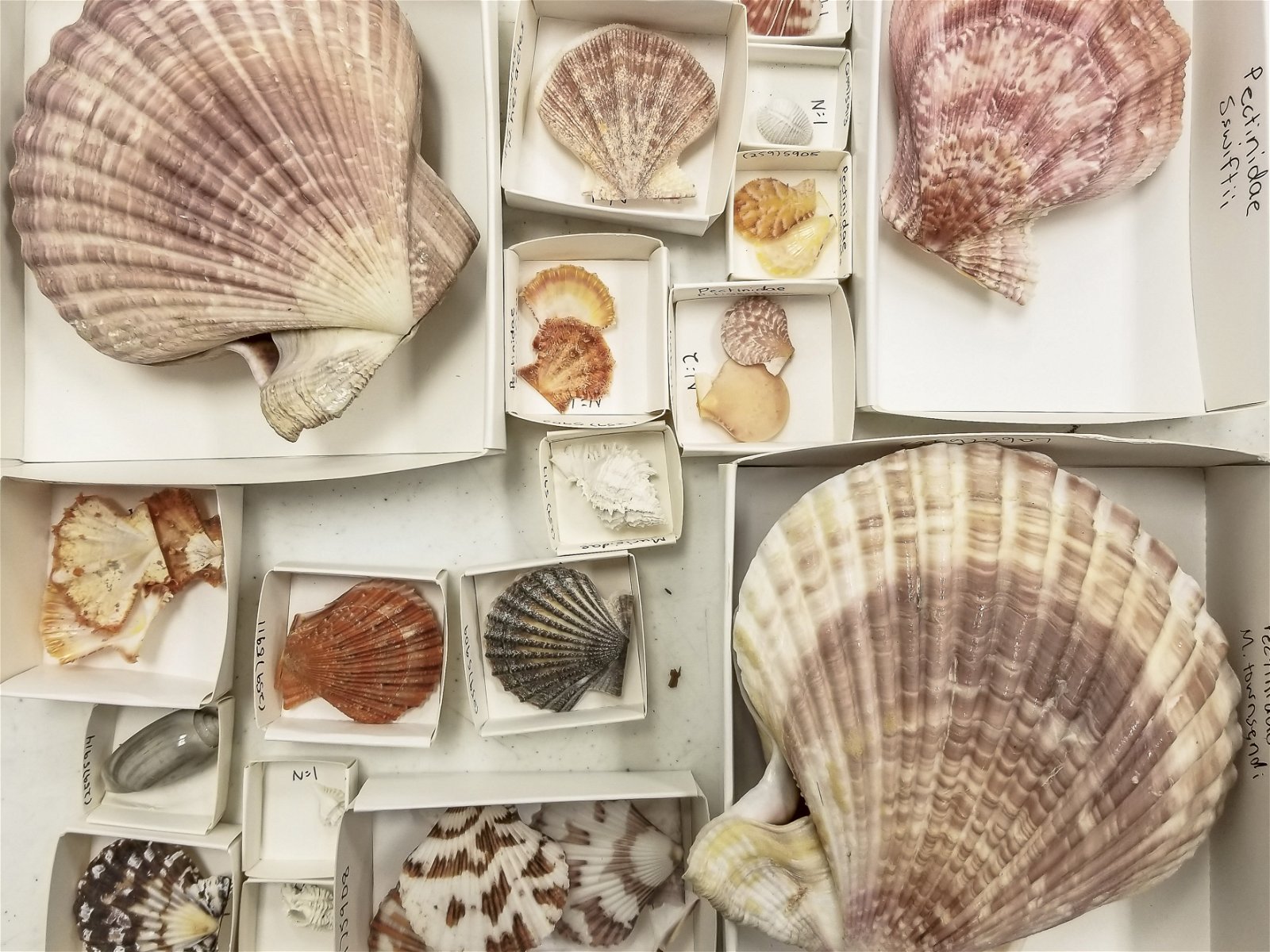
-
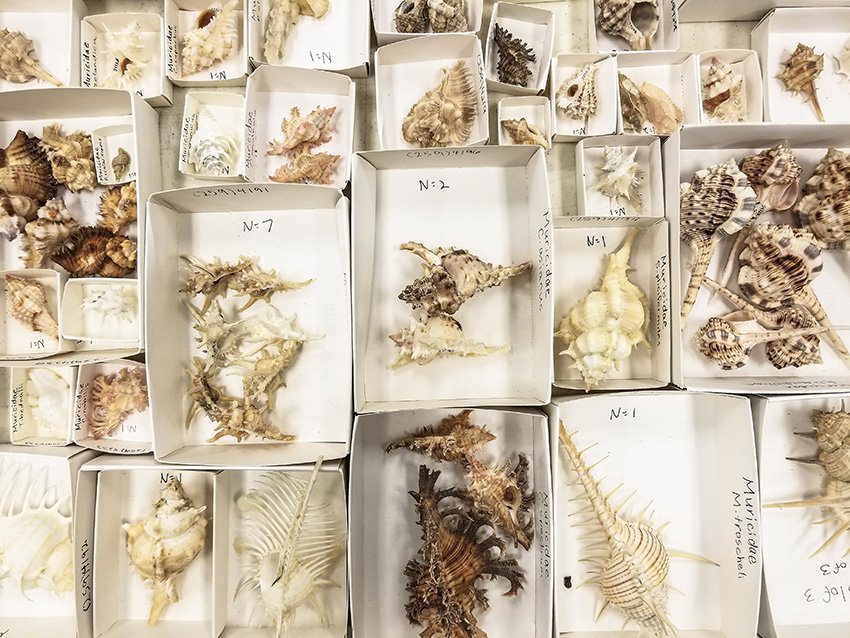
-
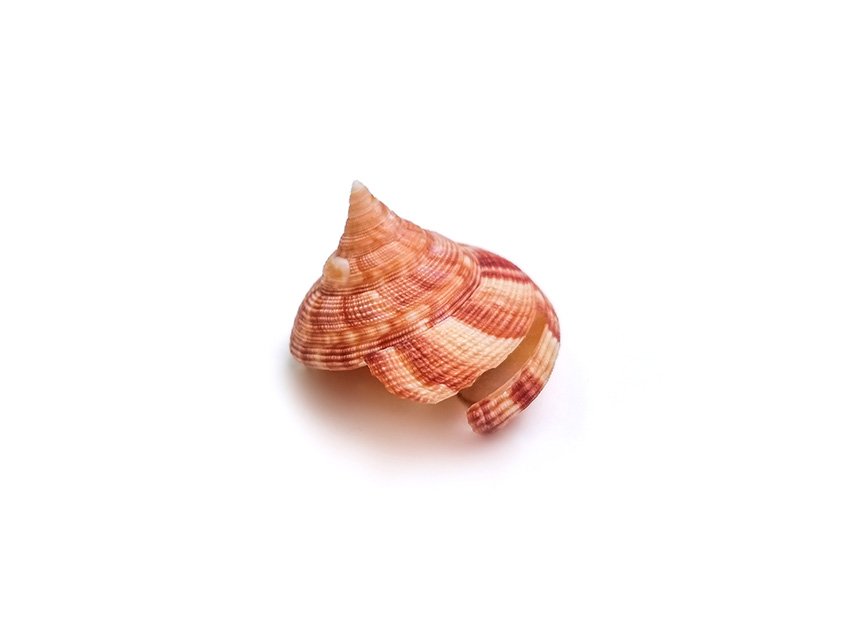
Slit Snail (Perotrochus maureri)
The beautiful slit snails live in very deep water, making them difficult to obtain and thus rare and valuable specimens. They are found throughout the fossil record in layers as deep as the Cambrian.
-
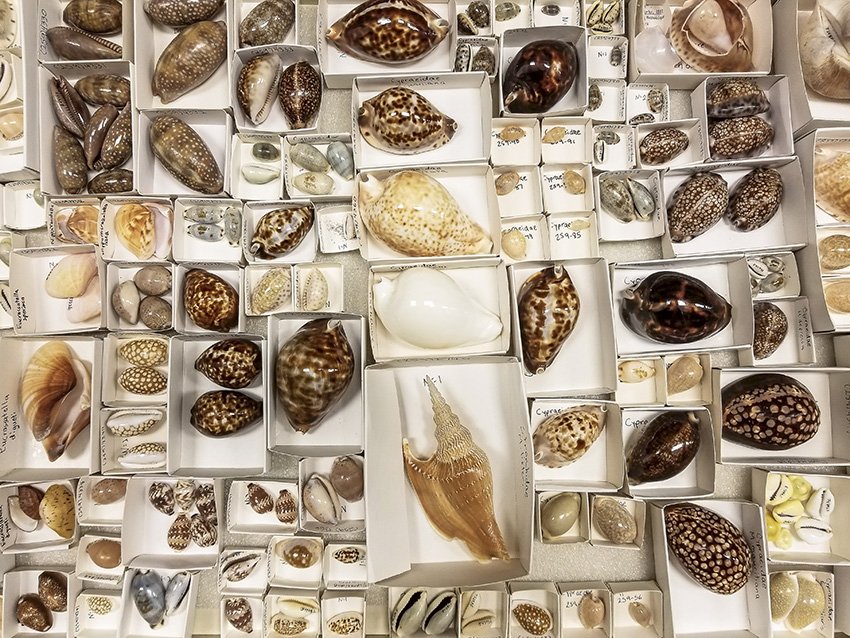
-
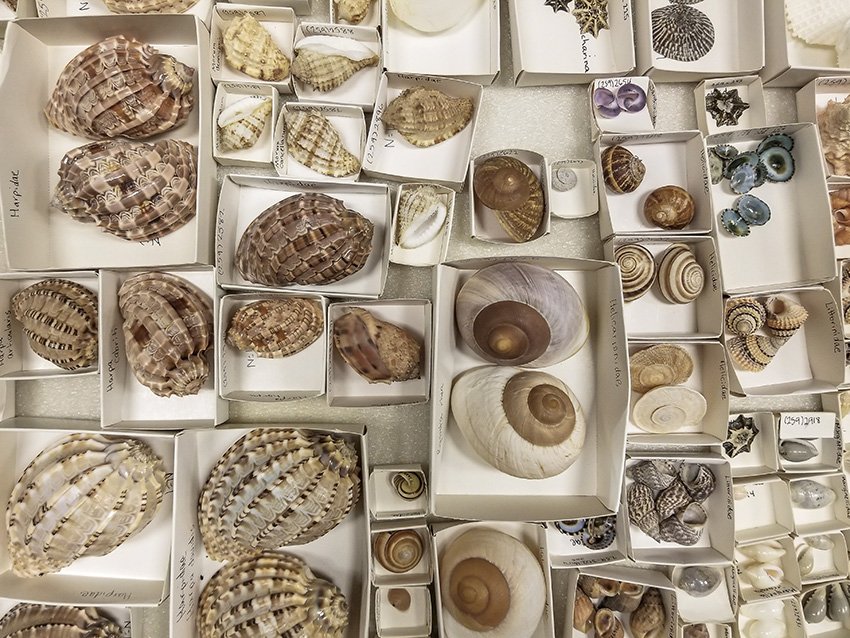
Most of the mollusks in the collection lived in the oceans, but
Mr. Baker also collected some freshwater varieties as well as many surprisingly beautiful land snails.
Answers Magazine
March–April 2018
The beach beckons us with its seashells. More than just ornate
collectables, they testify to the Creator’s lavish provision
for even the lowliest creatures. The Creator designed
shells with mind-boggling
features evolution can’t
begin to explain.
Browse Issue


















